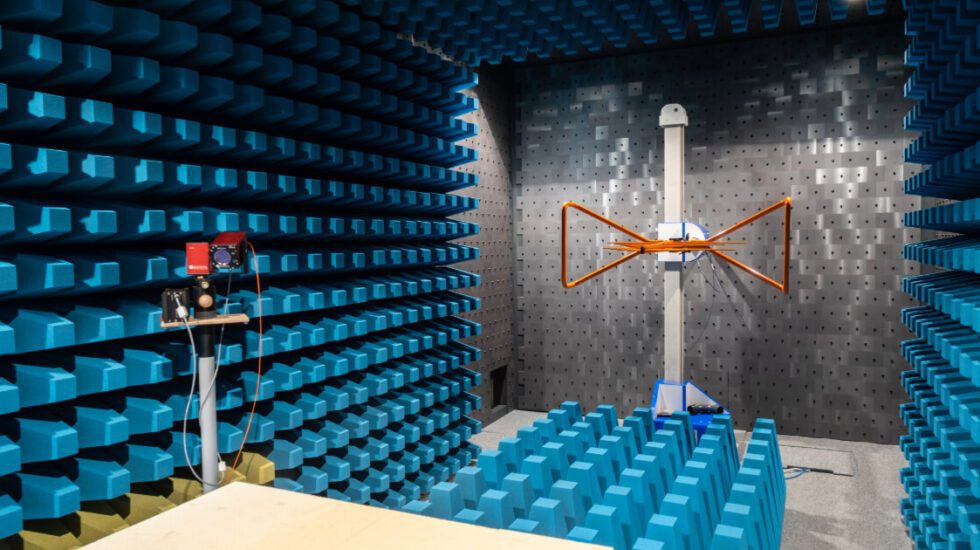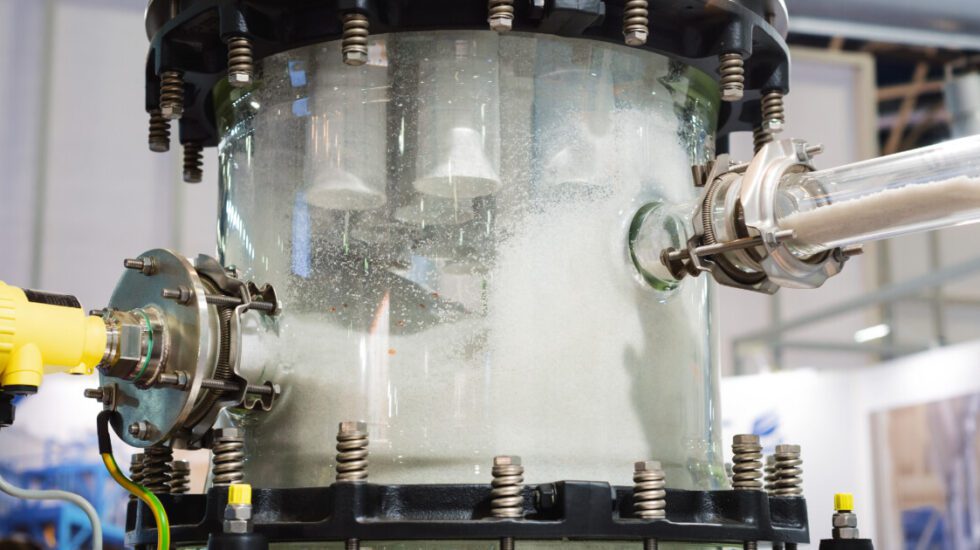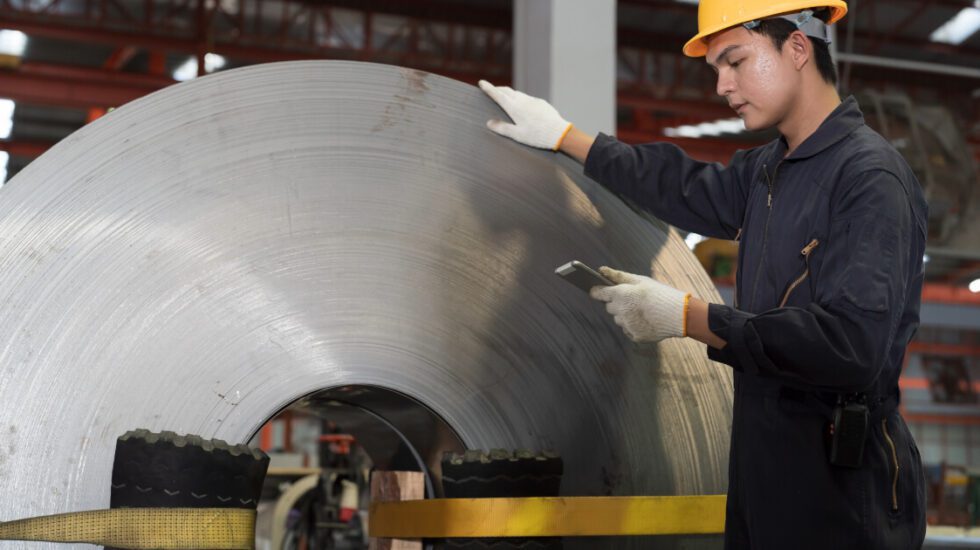Particulate and Contamination Control Solutions
Maintaining strict levels of cleanliness is critical in industries such as pharmaceuticals, electronics, biotechnology, and aerospace. As demands grow for more efficient and reliable clean environments, companies are investing in research and development to create next-generation particulate and contamination control solutions.
For Canadian businesses operating in this space, the Scientific Research and Experimental Development (SR&ED) tax credit program presents a valuable opportunity. Many innovations in cleanrooms, fan filter modules, lab hoods, and enclosures may qualify as SR&ED activities. This is especially true when these projects involve technological uncertainties that require systematic investigation.
What Qualifies as SR&ED in Particulate and Contamination Control?
To be eligible for SR&ED, projects must go beyond routine improvements. The work must aim to resolve scientific or technological uncertainties where solutions are not readily available. In the context of particulate and contamination control, this often includes experimenting with new designs, materials, and monitoring systems.
Here are several common areas where companies in this field may encounter eligible SR&ED activities:
Development of Advanced Filtration Technologies
- Activity: Creating new filter configurations for cleanrooms or fan filter modules to improve the capture of airborne particles.
- Uncertainty: Determining the right combination of materials and structure to maximize performance across different environmental conditions and particle sizes.
Improving Cleanroom Design
- Activity: Experimenting with airflow configurations, pressure differentials, and spatial layouts to reduce contamination risks.
- Uncertainty: Predicting how changes in design will influence airflow and containment in varied use cases or cleanroom classifications.
Enhancing Lab Hood Performance
- Activity: Redesigning lab hoods to improve containment of hazardous materials while maintaining ergonomic and operational efficiency.
- Uncertainty: Balancing containment effectiveness with airflow dynamics and user accessibility across different applications.
Integration of Smart Sensors and Real-Time Monitoring
- Activity: Implementing IoT-enabled sensors to monitor particulate levels, temperature, humidity, and air pressure in real time.
- Uncertainty: Calibrating sensors for accuracy in fluctuating environments and developing algorithms that effectively interpret large data sets.
Testing Innovative Enclosure Materials
- Activity: Evaluating new materials that resist contamination buildup and simplify decontamination procedures.
- Uncertainty: Verifying how these materials perform over time in high-use environments or under stringent sterilization protocols.
Designing Energy-Efficient Fan Filter Modules
- Activity: Developing fan filter modules that minimize energy usage without compromising air cleanliness.
- Uncertainty: Identifying the ideal balance between airflow rates, energy draw, and filtration effectiveness.
Is Your R&D Eligible for SR&ED?
Companies working on contamination control systems often engage in trial-and-error processes, prototype development, and technical experimentation. These efforts typically generate documentation, such as test results, engineering notes, and design changes, all essential for supporting an SR&ED claim.
If your company is developing innovative cleanroom technologies or improving existing systems to achieve better particulate control, your work may qualify for substantial tax credits.
Partner with Ayming Canada to Maximize Your SR&ED Claim
Navigating SR&ED requirements can be complex, especially in highly technical industries. At Ayming Canada, our team of scientific and financial experts specializes in identifying and documenting eligible activities for maximum returns. With over 35 years of experience and a 98.5% success rate on claims, we help Canadian innovators keep their R&D efforts fully funded and audit-ready.
Let’s talk about your next cleanroom, filter, or enclosure innovation—book a free consultation today.
Contact us today!
One of our experts will be in touch shortly.














No Comments